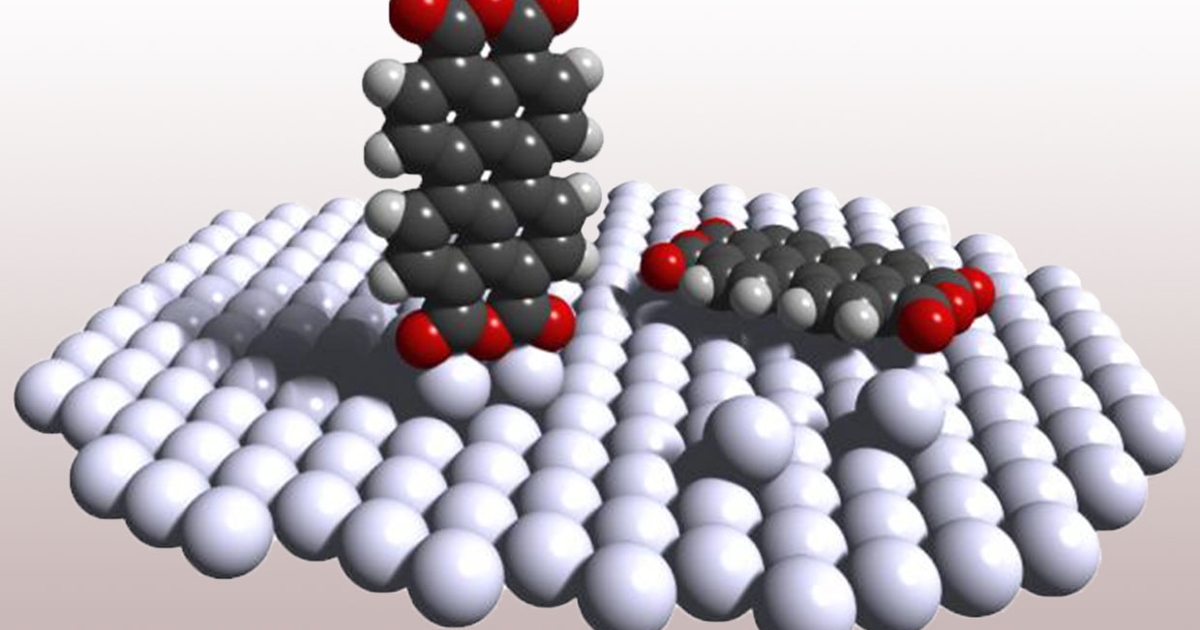
If nanotechnology has captured the popular imagination in any way, it has likely been in the form of so-called molecular nanotechnology, in which nanoscale machines assemble macroscale products atom by atom, or molecule by molecule. We already have a near 30-year history with the ability to move atoms around after Don Eigler at IBM used a scanning probe microscope (SPM) to manipulate xenon atoms to spell out “IBM” in 1990.
While the manipulation of atoms has a long history, the story of moving molecules around is one with little success and a fair amount of hair pulling. That is, until now. A team of scientists in Germany has managed to prop up a molecule into a position that it would not naturally assume. In the process, they were able to make the molecule serve as a single-electron field emitter in which the emission of electrons is triggered by an electrostatic field.
In research described in the journal Nature, the scientists from the Peter Grünberg Institute, in Germany, were able to use an SPM to get a platelet-shaped PTCDA molecule, which is structurally related to graphene, to stand upright on a silver platform rather than its favored position of lying flat on the surface. The results could serve as an important stepping-stone in the effort to make molecular nanotechnology a reality and, in so doing, bring about other disruptive technologies.
